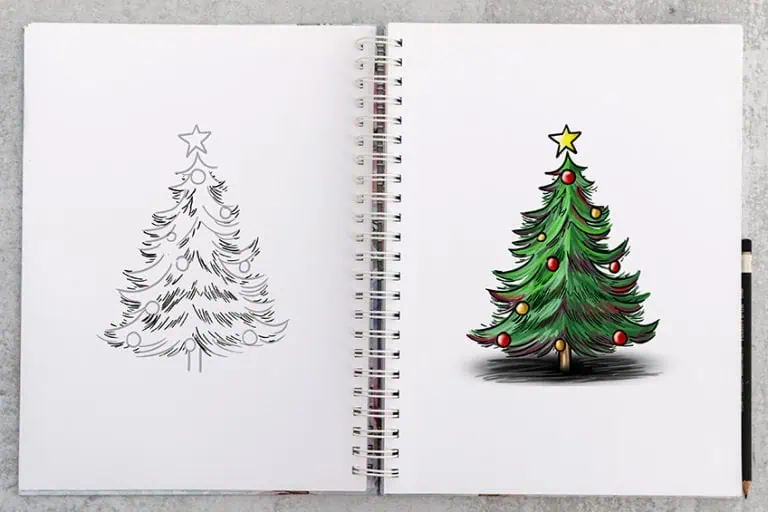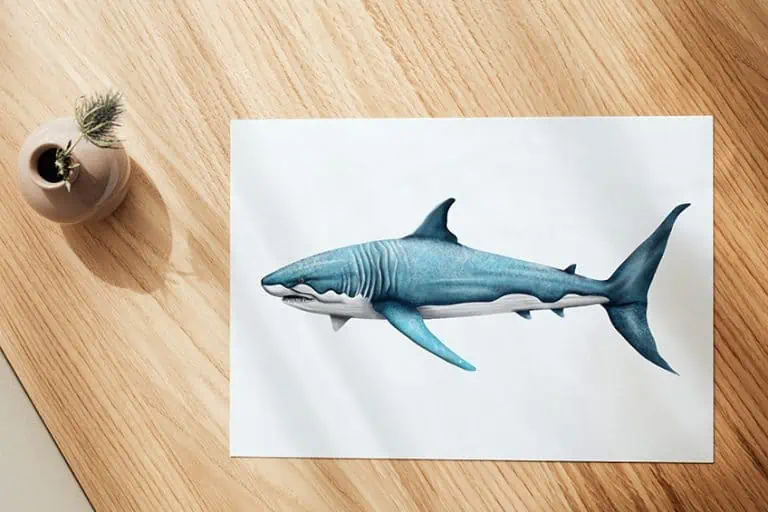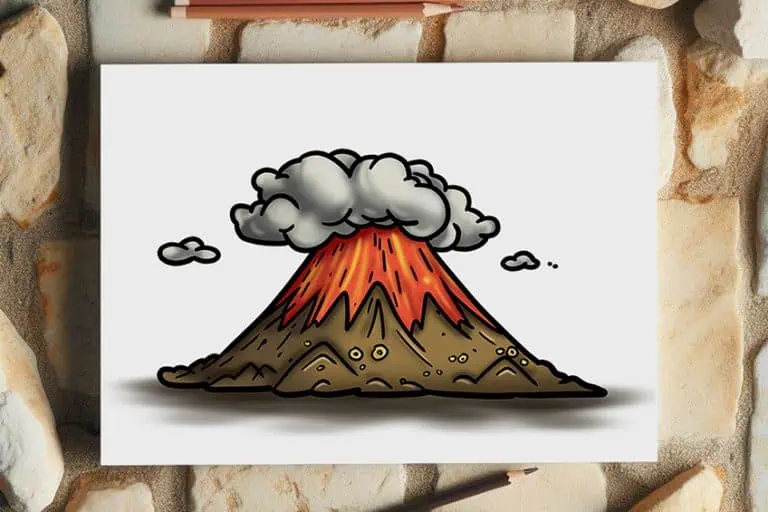What Is Manga? – Learn the History of Manga
This post may contain affiliate links. We may earn a small commission from purchases made through them, at no additional cost to you.
What is manga, and are there different types of manga? Is manga a genre or a medium, and what is the history of manga? The distinctive illustrative style known as manga is a type of Japanese comic, and this popular medium comprises many genres including comedies, action, fantasy, adventure, and many more. Today, we shall explore the intriguing world of manga and answer your questions such as, “what was the first form of manga in Japan?”.
Table of Contents
What Is Manga and How Has It Impacted the World?
Although manga illustrations are Japanese comics, their impact can be observed worldwide. The characters from the different types of manga can be seen featured on everything from lunchboxes to boxer shorts and cereal boxes to t-shirts. Manga has crossed over to other mediums like video games, television, and cinema. There are even entire conventions dedicated to disseminating the medium which draws thousands of fans from far and wide. But, how did manga become such a worldwide phenomenon? Let’s start with the history of manga to discover the roots of these highly-influential Japanese comics.
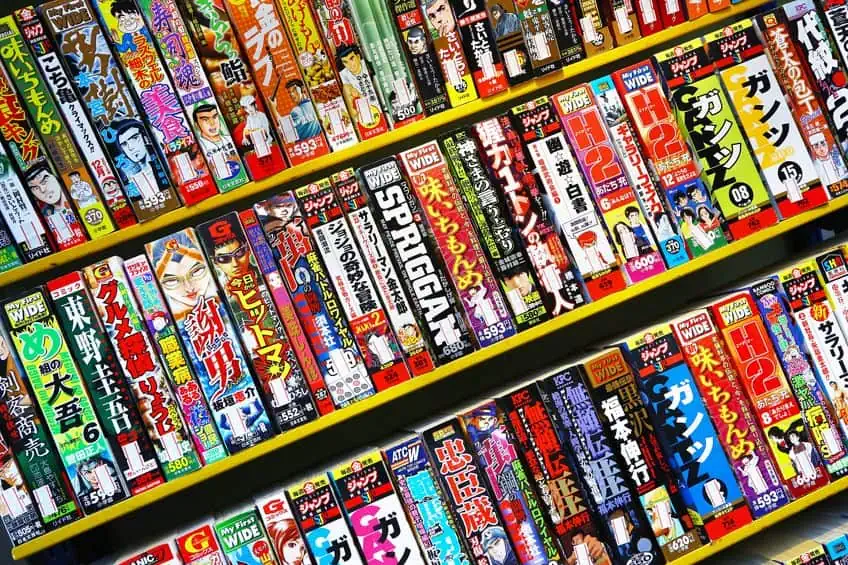
The History of Manga
The manga’s origins may be traced back to the Nara era’s earliest drawn narrative scrolls, known as emaki, which emerged in the 8th century, as well as the Edo era’s Ukyo-e print books, known as Ehon. Hokusai, best known for his painting The Great Wave off Kanagawa (1831), coined the term “manga” for his sketchbooks in 1814. He chose this term to describe the idea of drawings that are quickly made on the spot. When Japan’s isolation policies ended during the Meiji era, Western influences established a major presence in the nation. This marked the start of Japanese modernization, which was influenced by Western industrial and economic models. As a result, Japanese art and modes of expression both began changing.
The Japanese government utilized manga as a tool of propaganda in the 1940s. The popularity of manga began to rise after WWII, thanks to the impact of American comic books. In Japan, manga editions were reproduced in great numbers, and comic book stores were established in 1955. Yet, although the manga industry was now thriving, it was still regarded as something made exclusively for children.
In 1957, a new style of manga reflecting harsher realities arose aimed at young adults. Manga’s universe was diversifying and achieved its highest point towards the final years of the 20th century as a result of its widespread distribution. The subjects and styles were very diverse, yet the cost of purchasing a manga remained relatively low.
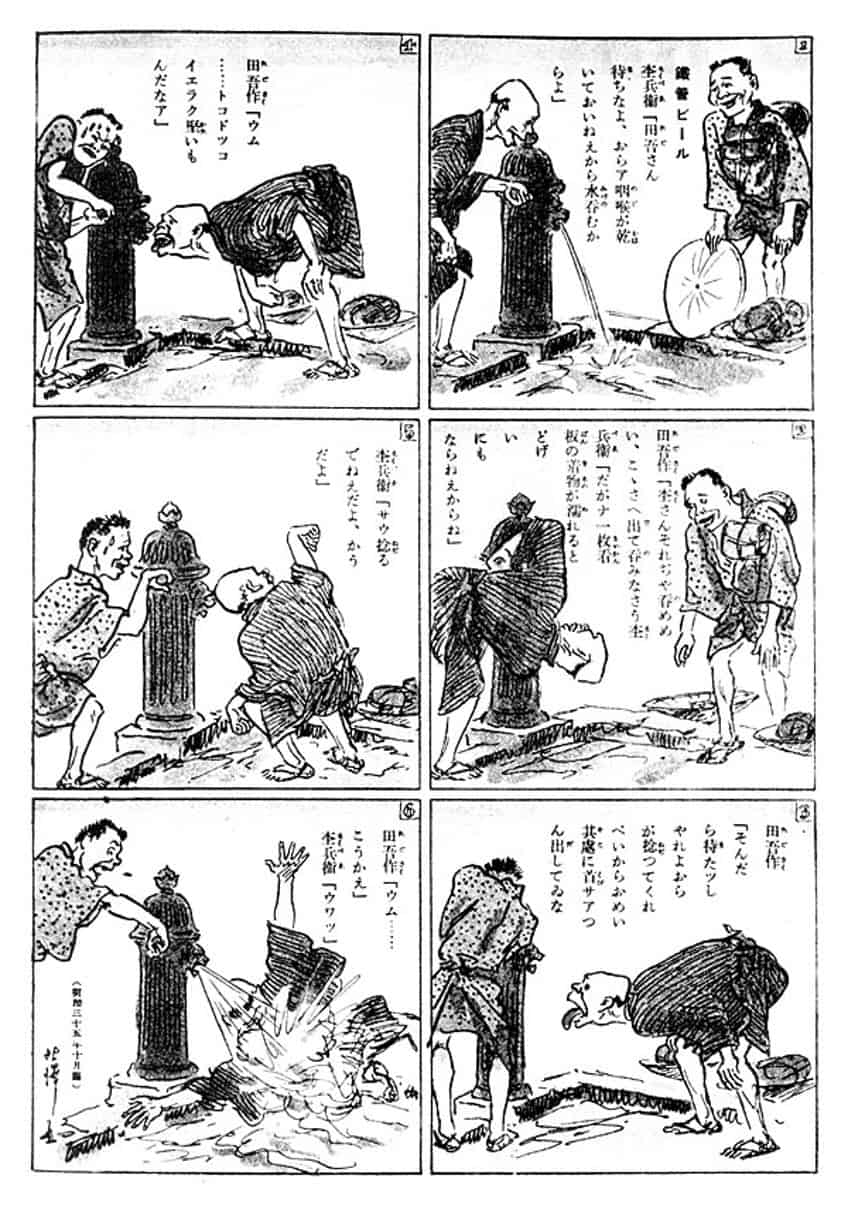
Manga was now also very popular outside of the borders of Japan. One of the biggest adjustments that were made to manga when it reached Western shores was the practice of “flipping” the images. Traditionally, manga is read from right to left in Japan, but this would prove to be too confusing for Western audiences to follow. So, publishers in the West decided to rather flip the images so that they could be followed from left to right. This was met with disapproval from fans, as well as manga illustrators, and the right-to-left layout is now the rule more than the exception.
Manga can be found in European countries such as France, Spain, Italy, Germany, Portugal, Lithuania, Poland, and the United Kingdom. It is also very popular all across North America, South America, and Africa.
The Characteristics of Manga Illustration
What sets manga apart from other styles of illustration, even other Japanese comics? What storytelling techniques do manga artists employ? What are the prominent genres and themes of manga comics? These are the questions we will address in this section.
After this, we shall explore the different types of manga that have been produced to cater to the many distinct manga communities.
Style
The most distinct characteristic of manga comics is their unique visual style. Manga characters are typically slender in proportion, with their height traditionally the equivalent of seven heads. However, this does not mean that all characters are of the same height, as manga characters are found in every shape and form possible. Probably the most distinctive feature of any manga character’s face is their exaggerated eyes, whereas the nose and mouth are usually rendered very simply with a few choice lines.

Yet, despite the seemingly simplistic facial features, manga artists manage to achieve a surprisingly high range of emotions. Manga strips are usually very dynamic, representing plenty of action and a sense of face-paced motion. The proportions are not static, though, and will occasionally be altered for comedic effects, such as when characters’ heads are portrayed larger than usual (known as Chibi style).
Storytelling Techniques
Manga comics employ very creative and dynamic panel layouts. The specific order and place in which the panels are arranged create a sense of flow and pace, engaging the reader and driving them forward through the unfolding story. While manga is a largely visual medium, it is also very dialogue driven. It is often effectively used to build drama and tension between characters or to give us insight into the character’s thoughts and motivations via their inner monologues. We are provided with further insight into the character’s motivations through the use of flashbacks into the past.
While manga can be dialogue driven, it also often incorporates a series of panels without any text or dialogue, allowing the visual to generate a sense of drama or convey a feeling to the reader. Manga typically incorporates lines that convey motion and action in a scene, allowing a static image to seem full of movement.
Manga Themes and Genres
Japan is steeped in ancient traditions and mythology, and manga often incorporates these myths into their works. Yet, Japan is also an incredibly forward-thinking and advanced country, and therefore science fiction and advanced technology also often feature in manga stories. Another prevalent genre is fantasy, where one can encounter all sorts of supernatural and magical beings. Older manga audiences enjoy more mature themes, such as the horror or detective manga comics available. There are also plenty of manga comics that focus on martial arts or sports, such as soccer and basketball.

Types of Manga
While there are many different genres within the world of manga, these works are not typically categorized by genre, but rather by the intended audience. As we shall see, the various types of manga are also categorized depending on what age and gender they are aimed towards. Shonen manga, for example, is aimed more toward pre-teen and teenage boys, and therefore, includes cartoonish but action-packed titles such as Dragon Ball.
Let’s find out more about these various types of manga below.
Shonen Manga
As mentioned above, Shonen manga is typically aimed at young boys. Therefore, the themes of these stories usually center around a character during a period in their life of great physical and mental development. The main protagonist will usually be a young boy that sets off on a journey during which he typically faces a series of obstacles and challenges. Another typical theme of Shonen manga is the development of friendships and close bonds between the characters.
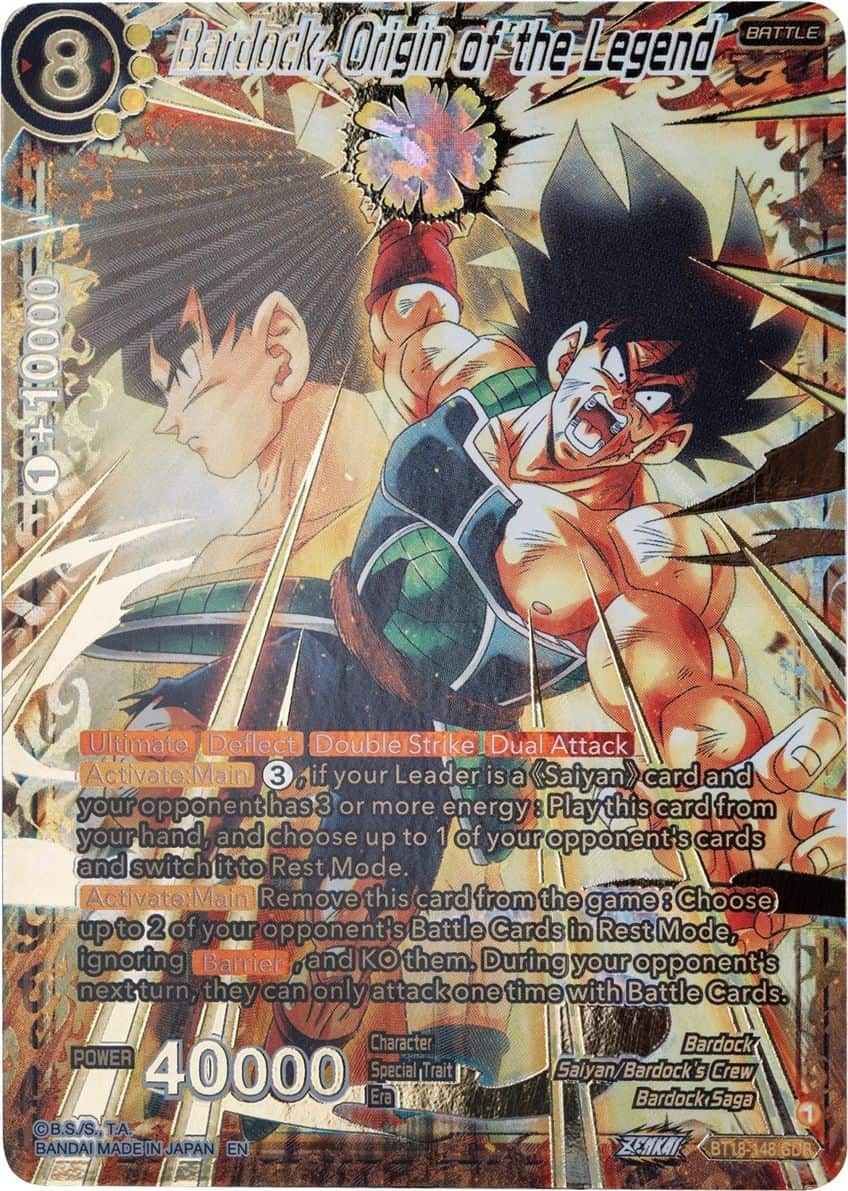
These stories are usually full of action and adventure, during which we see the main character grow and develop his abilities. These coming-of-age themes resonate well with young boys who are going through their own developmental phases and learning to master the world around them. Although they often contain very dramatic scenes of conflict, they are well-balanced by more light-hearted comical, and humorous moments. If you think of the manga Dragon Ball, then you will have a good sense of the type of style favored in Shonen manga.
Shojo Manga
Whereas Shonen manga is geared toward pre-teen and teenage boys, Shojo manga is aimed towards young females of the same age demographic. Shojo places less emphasis on action, choosing to rather focus on themes that will resonate with young girls, such as storylines full of emotion, drama, and idealized romance. As with Shonen manga, Shojo focuses on the coming-of-age theme, yet with a far more feminine aesthetic and protagonists. The genres within Shojo can range from the fantastical to the realistic, with the characters dealing with mythical monsters in some Shojo stories, while dealing with the mundane challenges of teenage life in others.
While primarily featuring female protagonists, there are also examples of more action-based Shojo, and this type has its fair share of young male fans as well. To get a feel for the type of story and illustration style associated with Shojo manga, check out Sailor Moon.
Seinen Manga
Despite being labeled as a cartoon-type illustration, manga is not just enjoyed by children – in fact, it has an exceptionally large adult fanbase. Seinen manga is particularly aimed at adult males over the age of 18 and typically contains much more graphic violence and adult themes. It is usually also filled with foul language, sexual encounters, and other dark adult themes.
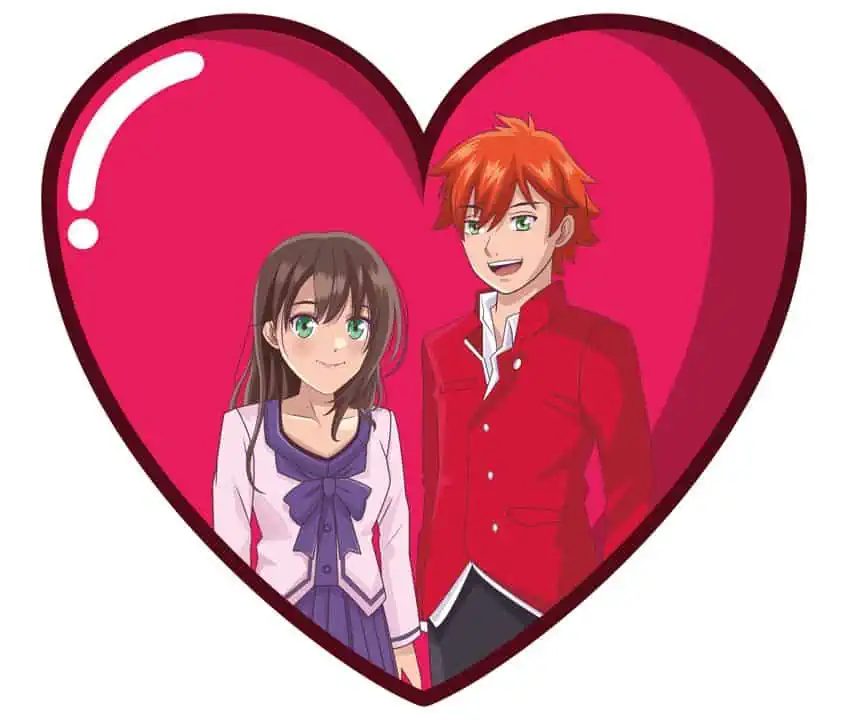
Whereas the stories written for young boys generally follow protagonists who have an idealistic and naive perspective of the world, these stories follow lead characters who must face a world in which the protagonist does not always necessarily win. Seinen manga cover illustrations are usually dark and grim, featuring a male protagonist. Akira is undoubtedly one of the most well-known seinen manga, owing largely due to its well-received anime adaptation, which helped to popularize Japanese animation in the Western world.
Josei Manga
Josei manga is the feminine equivalent of Seinen manga and is aimed at adult females over 18 years of age. The themes in Josei manga, however, differ vastly from those found in their Seinen counterparts. These, similar to the Shojo stories, are focused on love, romance, and relationship drama. However, they are far more adult in content and have been likened to American romance novels due to their sexually explicit scenes. Another difference between Josei and stories aimed at younger females is that the protagonists in Josei are often male. Unlike other types of manga, Josei manga depicts women realistically and with nuances, complex personality traits, and a spectrum of emotions.
Josei manga typically falls under the “slice of life” style of writing, meaning that it concentrates on the characters’ everyday hardships and not journeys into realms of fantasy. These stories are generally more grounded in everyday reality than those found in other types of manga. An example of the type of manga favored by women of this age group would be Midnight Secretary.
Kodomomuke Manga
There is also a type of manga called Kodomomuke manga. This type is aimed at young children from around five to 12 years of age. The themes and stories in this type of manga are mostly centered around educational content. They often contain colorful and humorous illustrations and very basic language. They often contain positive messages about perseverance and friendship and serve to entertain as well as educate young audiences. Many of these stories have been adapted into other languages and turned into popular animated children’s shows. A well-known example of Kodomomuke manga is Crayon Shin-chan.
Manga vs. Anime
While many people often confuse these two terms, if you have ever done so while speaking to an enthusiast, you most likely got a verbal tongue-lashing. We have already discussed what manga is, so what is anime? Anime is the name given to Japanese animated media featuring stunning visuals, captivating storylines, and colorful characters.
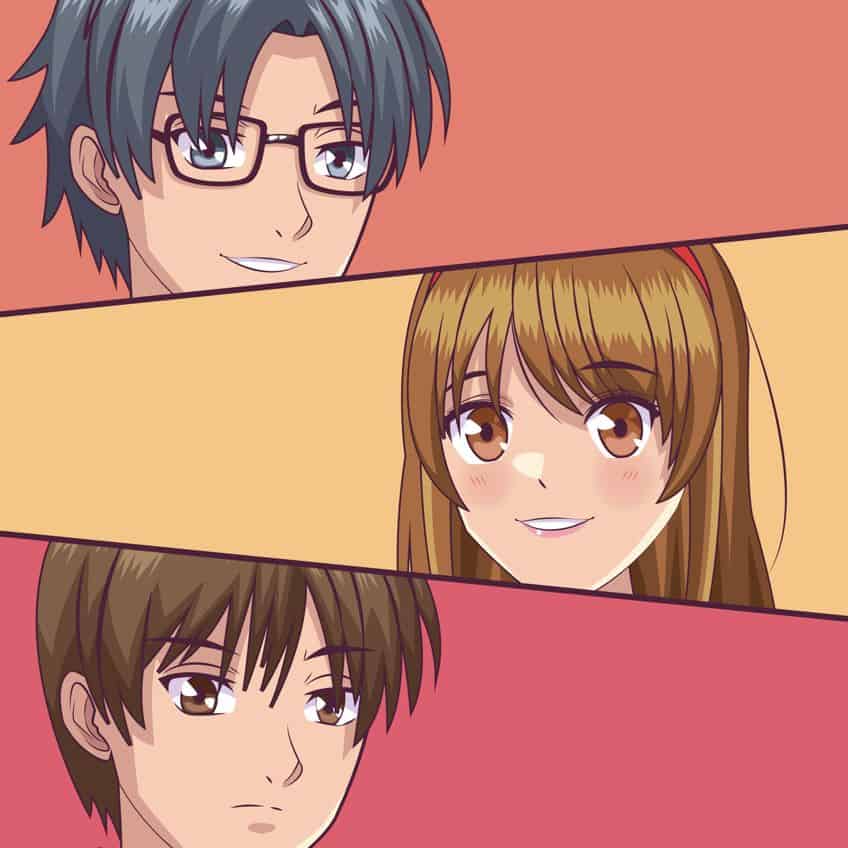
Anime comes in many different genres, such as fantasy, science fiction, adventure, comedy, action, and drama. It is loved for its unique animation style, which features exaggerated faces and actions, as well as rich and detailed scenery and landscapes. While it originated in Japan, it has developed a worldwide following, with fans admiring its distinct style of storytelling and visual aesthetic. Some individuals only consider Japanese works to be anime, while others consider any animation that utilizes its distinct visual style to be anime, no matter where it was created.
The Difference Between Manga Illustrations and Anime
While one might be tempted to say that anime is simply animated manga, this is not entirely true. Yes, it is due to certain adaptations of manga into anime that brought manga into the Western spotlight, there are many manga comics that were never adapted to anime.
Likewise, there is much anime that did not originate from manga comics and were original characters and storylines.
Adaptations
As mentioned, not every anime began as a manga, but many of the most popular series did. The process of adapting these stories to an anime movie or series can often be challenging and requires a team of animators and writers to produce a single episode. As the source material is often from long-running manga series, they often have to choose which parts of the story to keep and which to change so that it fits the medium of animation, yet does not lose the essence of the original. Many adaptations will be released in multiple languages, requiring teams of translators, overdubbers, and recording engineers. Despite all the technical challenges involved in adapting a manga to anime, it has proven to be a winning formula. Dragon Ball has become a name recognized around the world by younger audiences, whereas older audiences enjoy series such as Fullmetal Alchemist and Death Note.

The Impact of Manga
The tradition of producing manga illustrations is deeply embedded in Japanese culture and has had a huge effect on Japanese society. It is considered a kind of entertainment as well as an artistic medium and a representation of the culture of Japan. Manga’s attraction to a wide spectrum of Japanese society is one of the reasons it is so well-received in the country. Manga is popular among readers of all ages and sexes and covers a wide range of genres and subjects that they find appealing, from fantastical adventures to real-life romance and drama.
It has also had a big economic influence in Japan. The manga comic industry is worth billions of dollars, and many Japanese individuals earn a living by producing, publishing, and selling them. Many manga series address major social topics including gender roles, socioeconomic inequity, and mental health, and they have served to increase awareness and encourage dialogue about these issues pertinent to Japanese culture.
The Impact of Manga Globally
Manga has served to promote Japanese culture on a global scale. Many Japanese manga series have subsequently been translated into other languages and have grown in popularity outside of Japan. This has aided in the dissemination of Japanese culture beyond its borders. Many popular manga series have been turned into movies, series, and video games, making them a significant part of the current entertainment business in many countries across the globe.
These successful adaptations have helped introduce manga Japanese comics to a larger audience and have contributed to its global success. Manga has also impacted the development of comics and graphic novels in the West, and it has served as an inspiration to writers and artists all around the globe. Manga’s popularity has also served to promote cultural interchange between Japan and other nations. Many manga artists from Japan have achieved international recognition, and manga has become a vehicle for people all over the world to learn about Japanese culture.
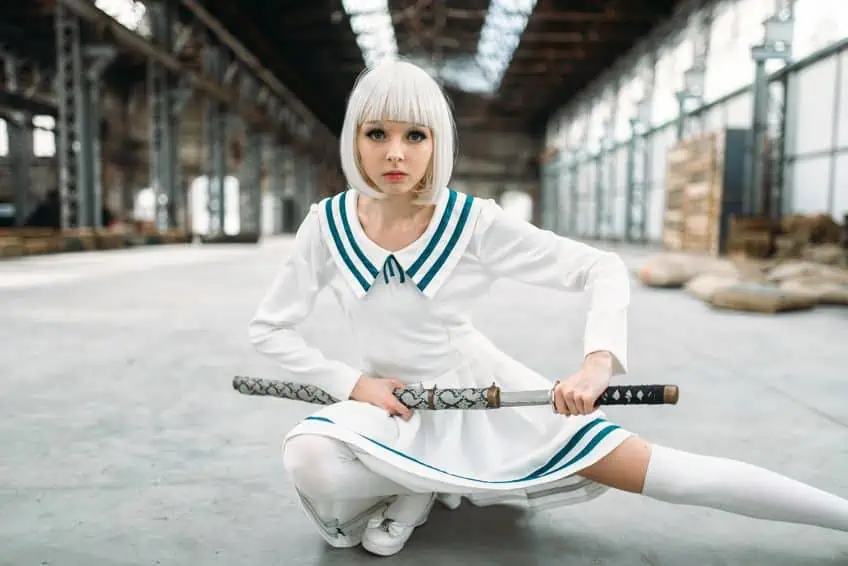
The Impact of Manga on Other Media
The most obvious impact on other media is the one we already discussed above – anime. However, this is not the only media that was heavily influenced by the manga aesthetic. Many live-action movies have been produced based on manga titles such as Battle Angel Alita. Many video games have also been made that are based on manga titles, such as One Piece: Pirate Warriors, and Dragon Ball FighterZ. Manga has also had an impact on the art and design of many other types of media, such as comic books, graphic novels, and animation. With its huge eyes, exaggerated expressions, and rapid movement, manga has become a popular visual style all around the globe, inspiring the works of many designers and artists.
Manga has also had a noticeable impact on the world of fashion, most prominently in Japan, but also visible across the world. Cosplay is a popular style of performance art in which individuals dress up as characters from manga or other popular forms of media.
Cosplay is practiced by fans to exhibit their enthusiasm for their favorite characters, and it has become an important element of the fashion and entertainment industries in Japan and throughout the world. The most common place to see people in cosplay is at conventions. These are huge events where fans get to meet their favorite writers and illustrators and learn more about the world of manga, as well as buy comics and related merchandise.
In this article, we explored the history of manga, as well as learned more about the various types of manga. As we have discovered, this unique type of Japanese comic proved to be highly influential in many medias, not only in Japan, but across the entire globe. Today, we can see its impact in everything from animation and movies, to fashion and video games.
Frequently Asked Questions
Is Manga a Genre?
Manga is typically defined as a medium that can be subdivided into different genres. These genres range from comedic to horrific, as well as fantastic to realistic. However, manga is most usually categorized by type rather than genre. The types of manga are determined by the various demographics they cater to. For example, Shonen manga is for young boys, whereas Seinen manga is for adult men over the age of 18.
What Was the First Form of Manga in Japan?
The Choju-jinbutsu-giga is thought to be the original form of manga first produced in Japan. This collection of four pictorial scrolls, produced in the 12th and 13th centuries, depicts anthropomorphic humans and animals engaging in diverse activities and is said to be a predecessor to modern manga illustrations. While not exactly identical to modern manga Japanese comics, the Choju-jinbutsu-giga scrolls contain certain comparable aesthetics and narrative characteristics, such as the utilization of sequential panels and visual storytelling.
Matthew Matthysen is a multidisciplinary artist. He completed his fine art degree, majoring in History of Art and Contemporary Drawing Practice at the University of Witwatersrand, South Africa. Before joining acrylgiessen In 2020, Matthew worked part-time as an art teacher at Reddford Blue Hills High school. Matthew creates drawing and painting tutorials for acrylgiessen and captures them not only photographically and in written form. He also records the creation of his works in his own creative studio as in video format, from which later with a voiceover and a video editor also drawing tutorials for the Youtube channel of acrylgiessen are created.
Learn more about Matthew Matthysen and about acrylgiessen.



